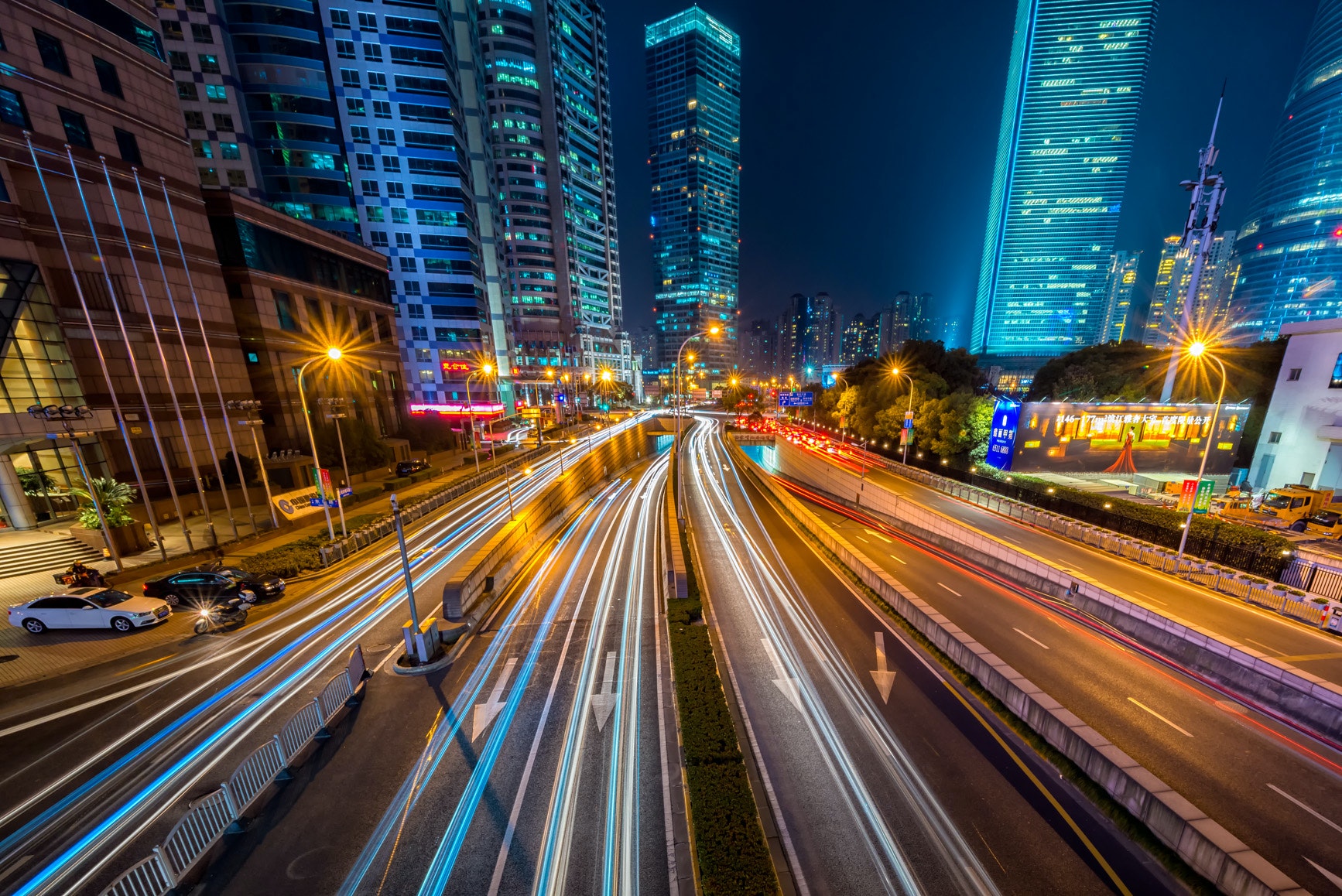The world’s urban population is growing by leaps and bounds. This growth exerts pressure on interconnected infrastructure in cities, which calls for a concerted effort to make it sustainable both in the short and long term. The response to this challenge is the construction of smart cities designed to leverage data and technology to optimize the utilization of resources, mitigate environmental impact, and enhance quality of life.
Precast concrete has long been highlighted as a suitable material behind the construction of smart cities. They can be cast in a reusable form in a manufacturing factory, and then be transported to a construction site for speedy installation.
Development of Smart Infrastructure
Besides the need to develop infrastructure that supports the growth of modern cities, smart infrastructure must do so in a way that does not harm the environment. The off-site nature of precast concrete production allows the construction of buildings and structures with minimal effect on the surrounding environment.
Constructing Smart Roads
Smart roads can optimize the flow of traffic and reduce congestion, along with the added benefit of making public transport more efficient. In a perfect world, this would be done without increasing emissions. The strength, low maintenance requirements, and durability of precast concrete is ideal for constructing such smart roads. Besides roads, one can also use precast concrete to build innovative road components such as curbs, barriers, and medians.
Construction of Bridges
Bridges facilitate the transportation of people and goods from point A to point B. They are a critical part of a city’s infrastructure, without which, trade and social interactions between residents would be impossible. The benefit of using precast concrete to construct bridges is that it can be done efficiently and in a shorter amount of time than traditional concrete, which results in reduced traffic disruptions and construction time. Besides, bridges made with precast concrete are easy to maintain, and are highly durable. Traditional bridges are no match for those constructed using precast concrete.
Construction of Public Transportation Systems
A city without an efficient and reliable public transport system would soon grind to a halt. To ensure sustainable urban mobility, there’s a need for efficient and reliable public transportation systems. Precast concrete is highly recommended for constructing public transportation system components such as subway stations, bus stops, and train platforms. It’s also perfect for building pedestrian walkways and elevated rail lines, providing commuters with efficient and safe transportation alternatives.
Enhanced Efficiency and Sustainability
There are many sustainability benefits of using precast concrete in developing smart cities. One of these is using environmentally sustainable materials and manufacturing processes that minimize the impact of construction on the environment. Traditional construction materials and methods result in unimaginable waste and untold environmental harm. This is not a problem with precast concrete because it’s designed to reduce a city’s carbon footprint by improving energy efficiency.
The high durability of precast concrete also means that once built, structures and buildings can last up to 50 years without requiring maintenance. The savings in lifecycle costs makes it a cost-effective solution for the development of smart cities around the world.
Promote Urban Resilience
Sometimes, the inevitable disasters happen regardless of how prepared or smart a city is. This includes natural disasters or a climate change-induced calamity that can send entire communities to ground zero. In such moments, a strong city infrastructure is crucial in order to survive tragedy with minimal damages.
Precast concrete structures are designed to withstand extreme temperatures, heavy rain, and high winds. In addition, their high durability against fire, shocks and other natural elements can further minimize damage to lives, property and infrastructure.
It is difficult to imagine functional smart cities that don’t take advantage of precast concrete to construct bridges, roads, elevated railway lines, bus stops, subways, and other installations. It is cost-effective, sustainable, and efficient, which is what smart cities need in order to improve mobility, lower their carbon footprint, and ease traffic flow. Precast concrete’s low maintenance and durability also makes it an effective long-term solution for sustainable urban development. No better construction material fits the bill better than precast concrete.

